
We all have pictures hanging around the house and trinkets laying on multiple shelves in various rooms, but the decoration that can bring the most life to a room is undoubtedly an aquarium full of colorful and charming fish. If you have thought about keeping fish in your home, this article is just for you! It will tell you what important things you should pay attention to and which fish you should start with. Even if you already have a home aquarium, the following 12 fish can make great additions to it.
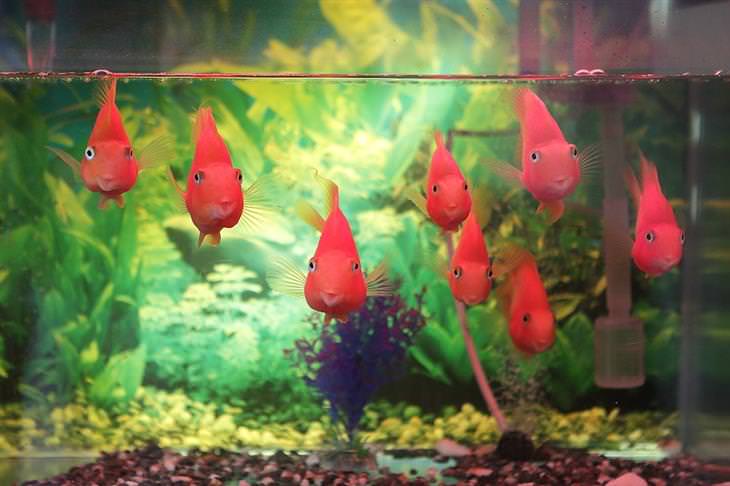
Many people think that when raising fish, all you need to do is put them in a container with water and let them swim around, feeding them occasionally. But as with any other pet they need adequate conditions for survival. Therefore, you need to know how to control the temperature and acidity of the water in your aquarium.
To regulate the temperature in your aquarium you need to purchase a heater, which is especially important during the winter. The recommended average temperature for the freshwater fish we recommend in the article below is between 72-80 degrees Fahrenheit (22-27 degrees Celsius), and for aquarium plants it’s between 75- 86 (24-30). With that being said, make sure that the water in your aquarium is at a constant temperature of 75-80 (24-27) degrees.
Different types of fish need a different level of acidity in the water and it is important not to mix fish that thrive in acidic water with fish accustomed to more basic water, in the same tank in order to maintain their health. You can regulate pH in your aquarium using a pH controller. The average pH recommended for freshwater fish is between 6.5 and 7.5, and for aquarium plants, between 6-7.5. Therefore, you should make sure that the water in your tank is at an acidity level of 6.5 to 7.5.
If you choose to place an aquarium in your home, you can’t just throw in any type of fish you want. To make it easier for you to keep your fish as healthy as possible, you must ensure that they meet the following criteria:
While the following list shows a relatively small collection of ornamental freshwater fish, these are recommended for beginners and all meet the conditions we presented earlier. If you want to start keeping fish at home, these are the most recommended.
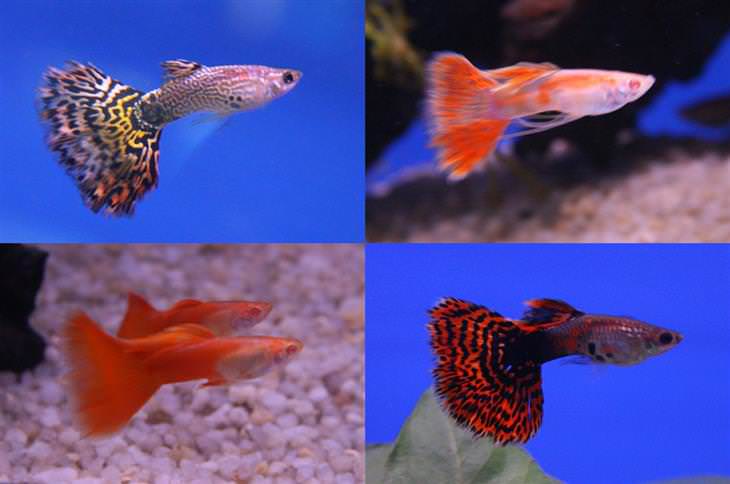
Living conditions: This amazing colorful fish is perfect for anyone who has just started keeping fish. Like its many colors, its character also varies among fish of this kind, but it is important that you recognize the aspects related to this fish; guppies reproduce rapidly, so if you mix males and females in the same aquarium, you can expect baby guppies to start appearing. If you want to prevent this, just purchase only male or female guppies.
Dietary requirements: The guppy is considered a very resilient fish that requires being fed ordinary fish flakes. However, like many other fish on this list, it can also eat frozen or live foods that include brine shrimp, bloodworms, and daphnia. You should also know that this fish can live for a week without food.
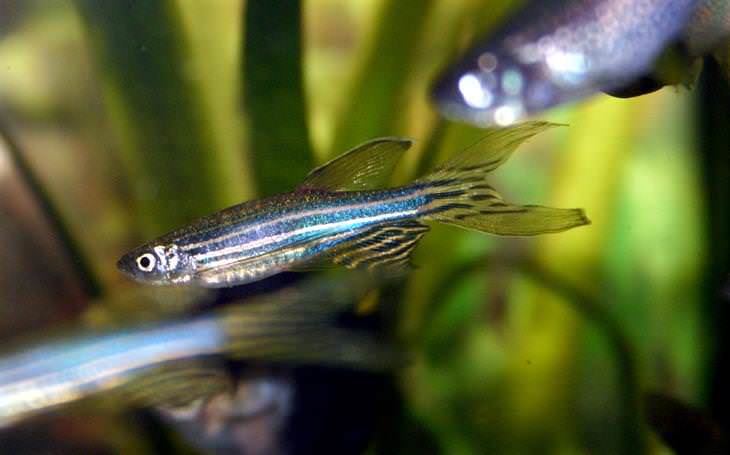
Living conditions: One of the most resilient fish species is the zebrafish. Due to its resilience it is highly recommended for inexperienced fish growers, since it can survive in many different water conditions. In addition, it is a very active fish and it is fun to watch swimming. There are different types of Danio, but the zebra is one of the most recommended for growing, because of its beauty.
Dietary requirements: The Danio is satisfied with regular fish flakes and doesn’t need to be fed special foods.
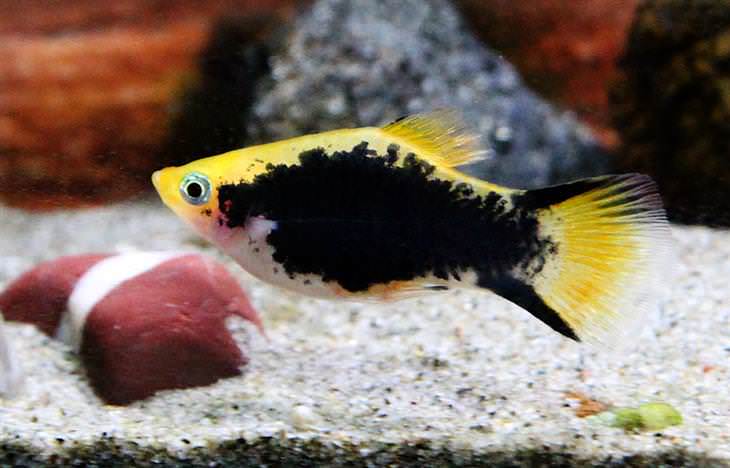
Living conditions: This fish lives perfectly with others. The southern platyfish is a very calm fish that lives in peace with others and comes in a variety of shapes and colors, created as a result of selective breeding.
Dietary requirements: The platyfish is not a picky eater and will feed on any kind of flakes you give it. In addition, it can be fed frozen fish food.
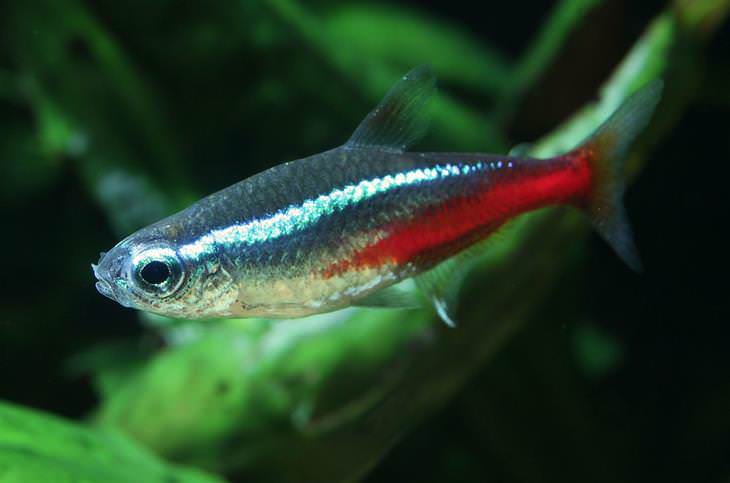
Living conditions: Despite their small size, these colorful and beautiful fish will fill your aquarium with amazing colors and are very easy to handle. They love to swim in groups, so the more you buy, the happier they will be and the more impressive your tank will.
Dietary requirements: Their diets are simple as they can be fed the most basic of fish flakes, although they are particularly good at eating brine shrimp and bloodworms.
5. Kuhli Loach (Pangio kuhlii)
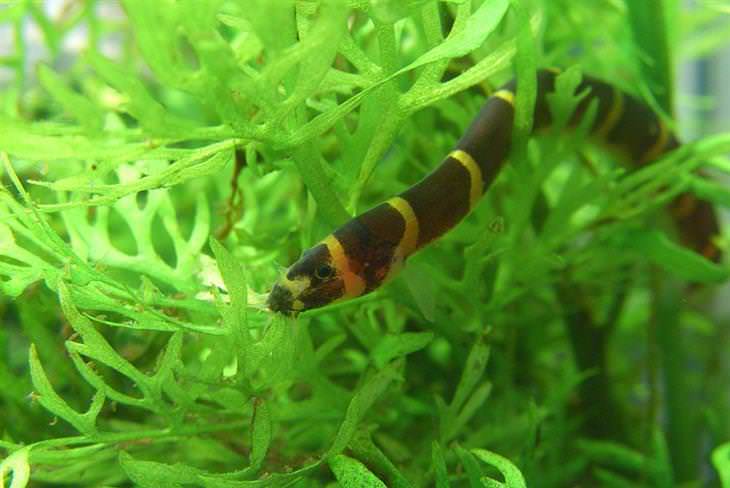
Living conditions: This fish comes from the tropical regions of Southeast Asia, and despite its appearance, it isn’t a snake. Because of its small size it easily adjusts to changes that occur in the water in which it lives, and although it may seem aggressive, it is actually a particularly peaceful fish. However, make sure not to place it in a take with too many fish that can mistake it for food. If you want to raise happy kuhli fish, make sure to place at least 3 in your tank.
Dietary requirements: The kuhli swims close the ground, and therefore, it eats any food that reaches the bottom of the aquarium. Its diet can also include bloodworms and brine shrimp.
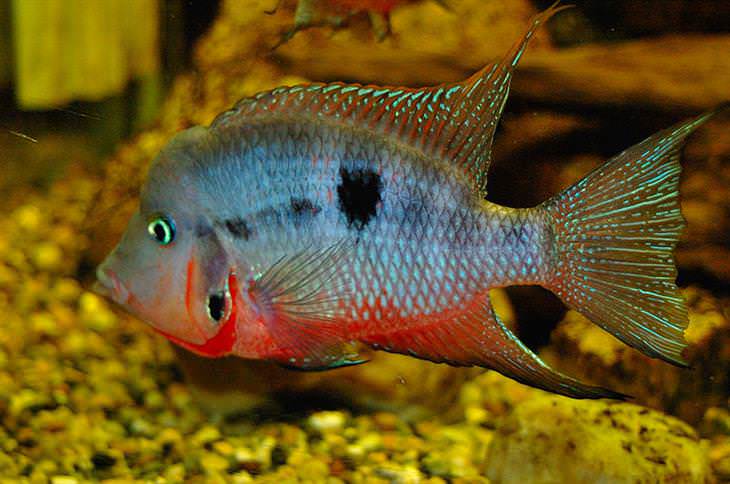
Living conditions: The firemouth gets its name from the color of its scales when breeding, which turn red. Although they can be territorial and aggressive during this period, they are usually very sociable and peaceful. To be on the safe side, you may want to keep it in a separate container as soon as its color changes, but if you decide to leave it in your main aquarium, you may want to place rocks or plants in it so that the firemouth can safely hide and lay its eggs.
Dietary requirements: A mature firemouth can reach a size of 5 inches (15 cm) and its diet consists mainly of ordinary fish flakes. Thanks to its popularity it is relatively inexpensive, so you can fill your aquarium with quite a number of them without breaking the bank.
7. Pearl Gourami (Trichopodus leerii)

Living conditions: This is one of the most popular home-grown fish, thanks to its charming appearance. It is very easy to take care, but it should be grown in an aquarium of no less than 30 gallons (115 liters). Pearl gourami also need a lot of space at the top of the aquarium to breathe. This fish does not get along well with aggressive fish, and it is important to know this if you intend to raise one. It also needs a place in the aquarium where it can hide something which aquarium plants can provide.
Dietary requirements: Pearl gourami can eat different types of plant or animal-based food. To make sure it gets the best diet, it should be fed algae-based fish flakes, as well as bloodworms, brine shrimp, and Tubifex worms.
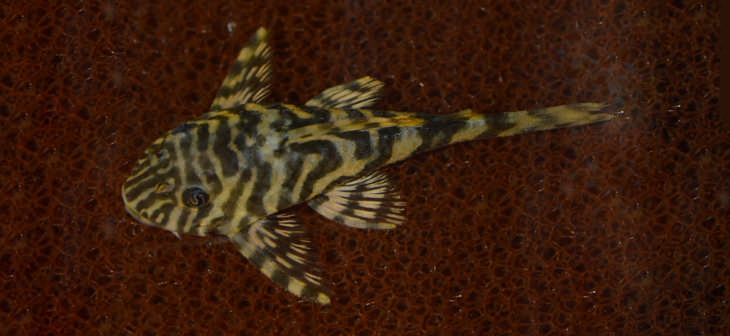
Living conditions: This discreet fish comes from the Amazon River in Brazil, and despite its social nature it is very territorial, so if you plan to purchase a few of them for your aquarium, you should fill the bottom of the tank with enough rocks and decorations so that each can find its own place. The tiger pelco reaches a size of 4 inches (12 cm) and lives up to 8 years under optimal conditions.
Dietary requirements: Because this fish spends most of its time at the bottom of the aquarium, it eats any food that sinks, but also enjoys eating brine shrimp and bloodworms. As long as it gets enough food, it won’t eat your aquarium plants –something tiger pelcoes tend to do.
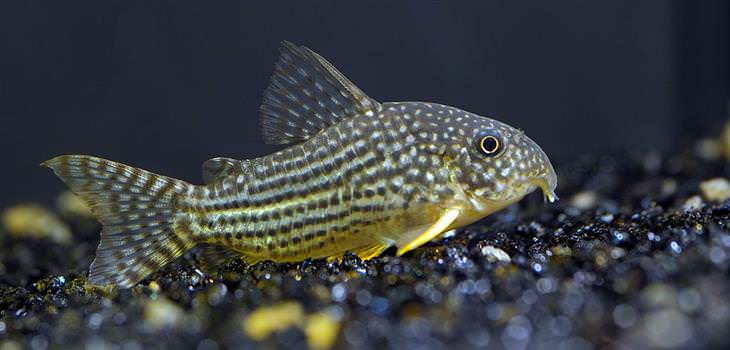
Living conditions: The corydoras is a fish that lives peacefully with other fish and has 140 different species to choose from. It is known as a meager eater, and it will help you keep your aquarium clean by eating the algae that grow inside it. The corydoras can live up to 20 years and prefer to spend their time among others of their species, therefore, it is recommended to purchase at least 3 so that they can live together happily.
Dietary requirements: In nature, corydoras eat insects, larvae, and vegetation that sink to the bottom of the shallows where they live. You can copy these conditions by feeding them algae, larvae, and bloodworms.

Living conditions: Molly fish are very diverse and can live in both freshwater and saltwater, as long as the change in living conditions occurs gradually. Because they are very resilient they are perfect for those who are just starting to breed fish, since they are also not as aggressive as other tropical fish. The name "molly" is very general and there are a variety of different species of this fish that differ in size, color and living conditions. Due to the wide differences between each type of fish, it is difficult to define the appropriate water conditions for them. However, most molly fish prefer water at a temperature of between 77-83 degrees Fahrenheit (25-28 degrees Celsius).
Dietary requirements: In nature, molly fish consume plant-based foods, especially algae, after evolutionary processes have made them vegetarians. The most recommended diet for them is algae flakes, but they can be given the occasional brine shrimp or bloodworm as a snack - limit this snack to once or twice a week at most.
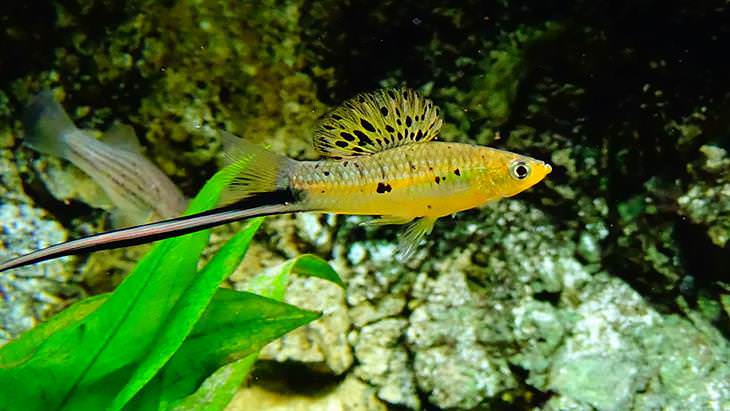
Living conditions: Many consider the swordtail as a "fish for beginners only" because it does not have many requirements in terms of water conditions, but recently more and more people are starting to keep it since it has a large number of species and some are very rare. The swordtail can reach a length of 5 inches (12 centimeters) and thrives while living in a community of several swordtail, so it is recommended to purchase at least 5 for one aquarium. In nature, this fish can be found in flowing and shallow bodies of water, and you can mimic this environment for it by creating a strong stream of water inside the aquarium - which will make it feel at home, however, it is recommended to make sure this doesn’t bother your other fish.
Dietary requirements: the swordtail prefers plant-based foods and therefore will eat the algae that are produced naturally in your aquarium. However, it also enjoys eating live food from time to time. Either way, it should be fed with algae flakes regularly.
